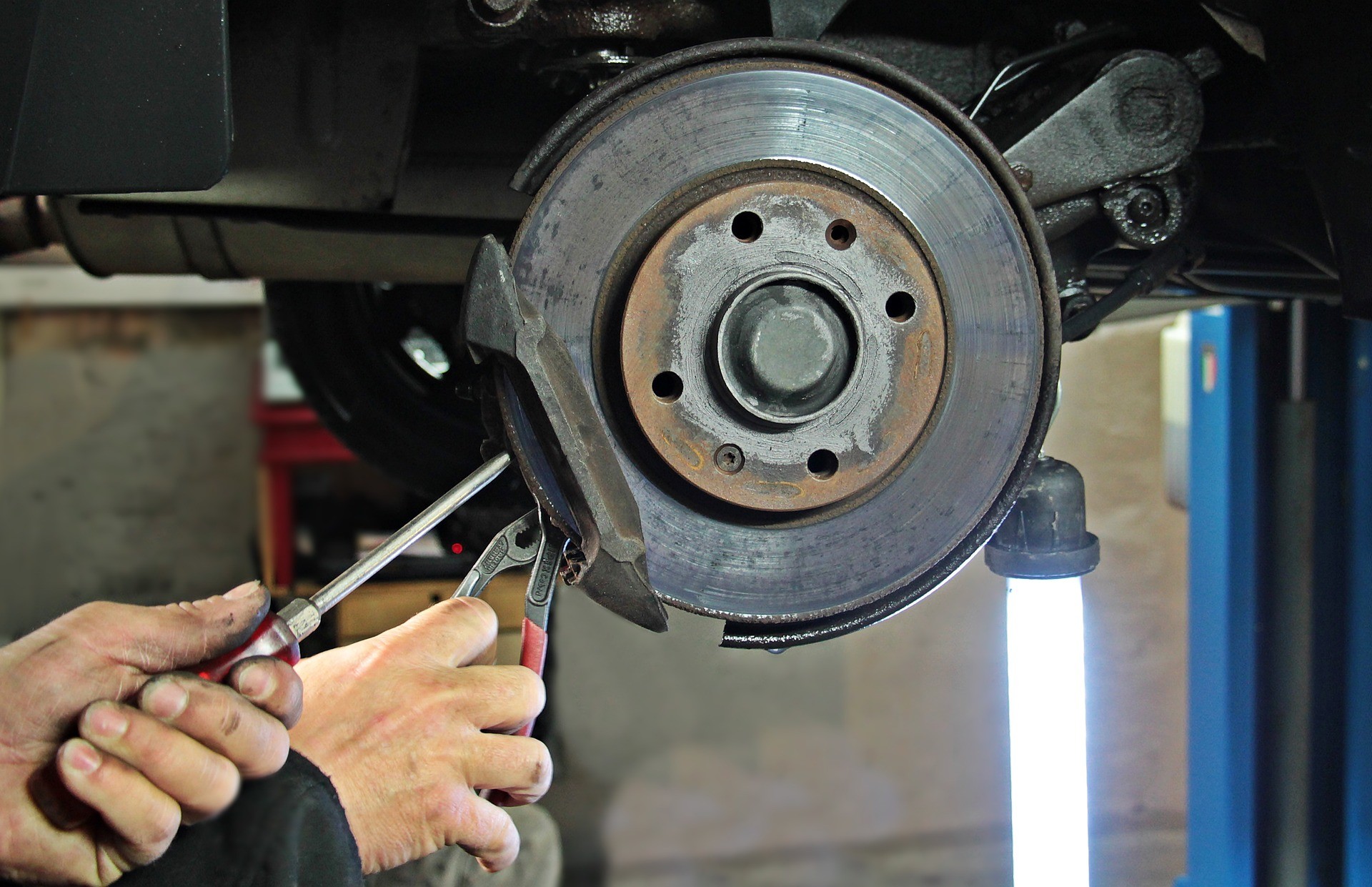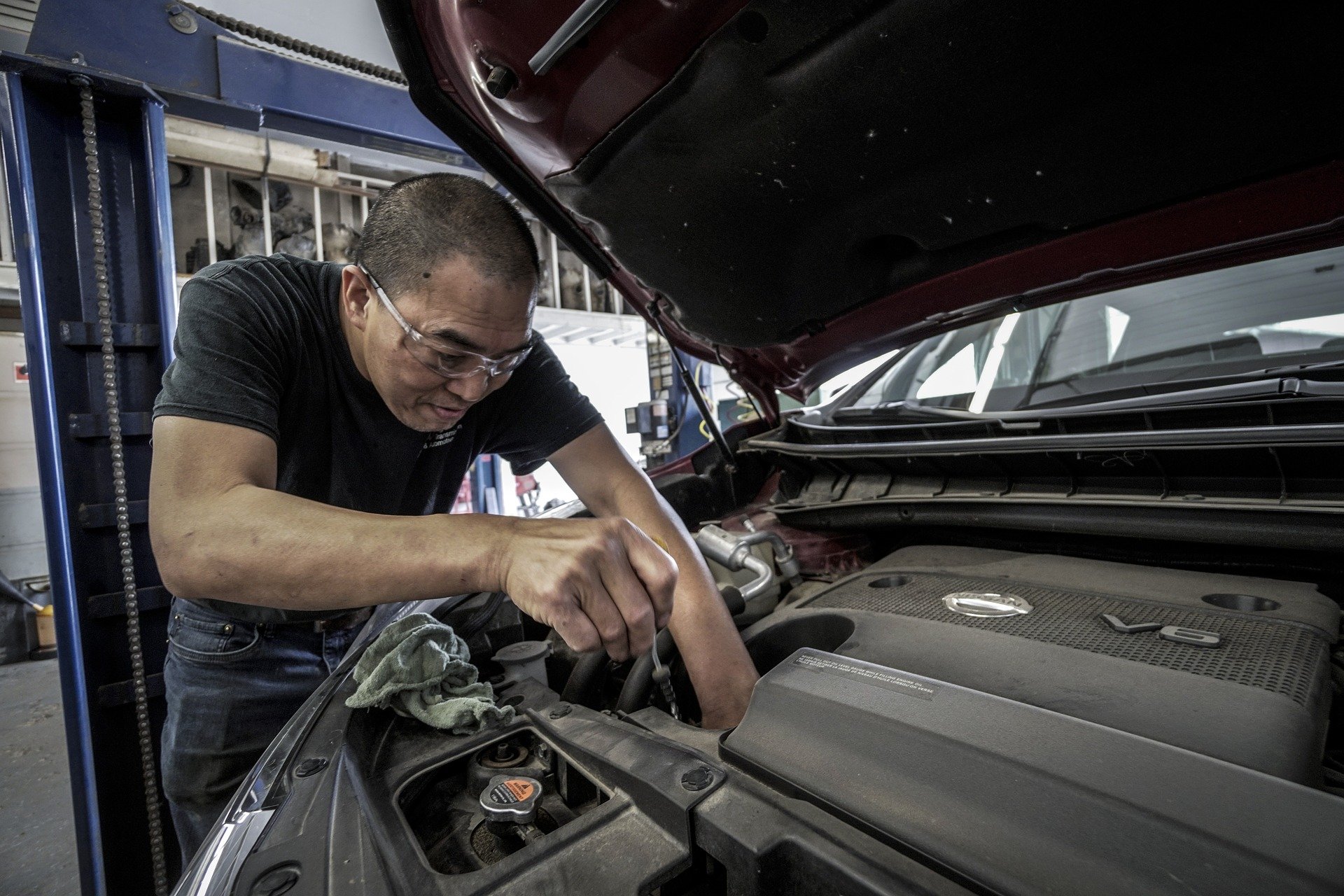Addressing Vehicle Lifespan – A Preventive Maintenance Guide
With rising populations, technologies and more, fleets are taking their game to the next level to meet never-ending demands. Fleets are taking this opportunity and starting to look at improving their fleet in every way that will result in short term or instant benefits. However, this rush of improving businesses makes it easy to look over the solutions and practices that help fleets in the long run, specifically preventive maintenance.
Missing out on preventive maintenance will result in major problems in the long run. All the small checks and fixes that take place in a preventive maintenance check keep the vehicle in tip top condition and actually improves the overall lifespan of the vehicle. Avoiding preventive maintenance will negatively affect the vehicle’s lifespan, and here are some of the common maintenance practices that would cause issues if neglected.
-
-
Neglecting Regular Cleaning
-
One would think that a car’s appearance does not affect its operation and life. Dirt, dust and grime can bring about wear and tear on your vehicle fast. Keeping your vehicles clean allows you to make the right assessment on the condition of your vehicle. This way, you can quickly spot damages to the interior or exterior of the vehicle and repair them promptly.
Prolonged intervals of cleaning can harden dirt and require more abrasive cleaning, which can damage the paint. In many cases, it can even cause rust formation.
-
-
Avoiding Inspection
-
Just like humans routinely visit the doctor to remain healthy, vehicles also need to be inspected regularly. At least once in 4 to 6 months, a qualified car mechanic should thoroughly inspect the vehicle. The inspection covers various aspects, including the condition of the car parts and is typically done at a service center. Furthermore, the vehicle’s oil, fluid levels and tire pressure should be personally checked by the fleet every few weeks.
-
-
Ignoring Symptoms
-
It is not usual to hear rattles or squeaks when driving. Although they may sound like minor issues, they could also indicate something serious, and it would be best to get it checked out at an auto repair shop. The earlier a problem is detected, the easier and cheaper is its solution. Ignoring warning lights on the vehicle’s dashboard or the engine lights can prove to be lethal. Car maintenance involves many steps and light indicators will help to point problems out.
-
-
Neglecting Wear And Tear
-
Automakers build cars to last many years. Time and normal usage, however, will take their toll on a vehicle. A worn part can affect several other components, so a fleet has to be keen on which parts need immediate attention. For instance, worn-out threads on your tires can strain the suspension system of your vehicle and other elements involved in braking. Promptly addressing this issue can prevent major problems from occurring.
Common preventive maintenance tasks for trucks and fleets must be customized to fit the individual vehicle and its usage pattern. Preventative maintenance checklists allow fleet managers to schedule maintenance tasks in advance. Strong preventative maintenance programs ensure teams complete work orders without spending extra time, labor and money.
Preventative maintenance is essential for any fleet company to succeed.
Example Story
It’s 9:45 am on Wednesday and one of the drivers calls saying his vehicle has been making a loud, squealing noise recently and now he’s on the side of the road waiting for a tow truck. He calls again 90 minutes later with news that the technician at the go-to maintenance shop is fully booked but will try to squeeze his vehicle in, but as time passes, it’s not looked at until 3 pm.
By 4 pm, the problems found include a damaged alternator because of a busted driver belt. The costs totaled $700 for the tow truck and repair, along with an entire day of deliveries postponed while the driver sat at the shop.
In this scenario, many parts of this situation could have been avoided. To begin with, the driver could have alerted the fleet about the squealing noise. As a result, the damaged drive belt could have been fixed for $75 when the oil was changed with other scheduled preventive maintenance and the alternator would not have needed to be replaced.
The Average Vehicle Lifespan
Back in the day, the average age for class 4-8 vehicles was 12.5 years in 2007 and now it stands near 14.7 years. The subset of class 6 vehicles is averaging 20.9 years, which takes the highest position amongst vehicles. Whereas the average class 5 is just 11.9 years, which takes the youngest position amongst vehicles. This information is important to keep in mind for fleets who have several vehicles because they need to be ready to expect when a vehicle will break down. However, it would be much easier for a fleet to continue their operations if they have a maintenance system to rely on.
ZenduMA – Keeping Preventive Maintenance In Check
Diagnostics and maintenance management has the power to make and break jobs because fleet managers are measured on their fleet’s productivity. Downtime increases business costs and if left unchecked, can cost a fleet manager their job. This is why solutions like ZenduMA can be beneficial for fleet management. It generates work orders automatically when a vehicle fault or regularly scheduled maintenance is detected. This saves money and reduces downtime.
With day-to-day data entry to long term trend analysis, ZenduMA delivers powerful functionality without compromising on a simple UI. Companies around the globe use ZenduMA to control maintenance costs, proactively avoid vehicle breakdowns, vastly extend asset life span, increase vehicles availability and most importantly improve the safety of their fleets.
Preventive truck maintenance can be the difference between replacing a $10 part in your shop and paying hundreds more to tow a broken-down tractor to another shop to pay someone else to replace the same part. Preventive maintenance can save fleets money thanks to technology advances that let you know of potential problems before they become costly problems. Capitalizing on volumes of data, predictive maintenance algorithms keep tractors and trailers rolling smoothly between regularly scheduled shop visits and avoid pending part and system failures.
With so much on the line, it’s important for fleets to always keep preventative maintenance top of mind. Choosing to ignore the continuous upkeep of your vehicles could cost you more financially in the long run not only in terms of repairs, but productivity if breakdowns halt work. Contact our team today to learn how you can easily implement a maintenance strategy and why ZenduMaintenance can help.

